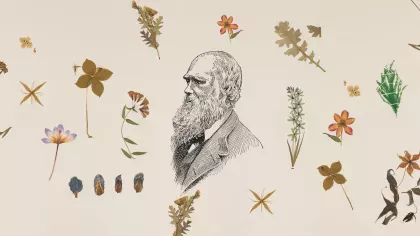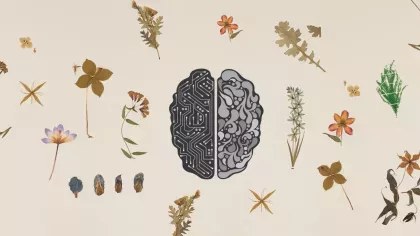Kew's Collections go digital
Taking Kew's Herbarium and Fungarium online for everyone across the globe to access.

***Click here to see opportunites to get involved with this project***
Kew is embarking on one of the biggest projects in its history with the launch of this multimillion pound project to digitise its entire collection of more than eight million plant and fungal specimens.
These collections are a reference resource for biodiversity and conservation research, telling us what plant and fungal material was found where, when, and by whom. Preserved specimens can be analysed anatomically, genetically, and chemically, but at present they can only be accessed by visiting Kew.
The aim of Kew's Digitisation Project is to transform our Science Collections into a global online resource by digitising all 7 million Herbarium and 1.25 million Fungarium specimens, enabling some of the most critical challenges facing humanity, such as climate change and habitat degradation, to be addressed.
This will involve digitising the specimens and creating a portal to provide external access to these specimens.
Integrating our digital collections with ICMS Earthcape
For the first time, we have a place that can host and enable cross collection conversations digitally: our integrated collections management system (ICMS) provided by Earthcape Oy. Watch our new video to find out more about the programme.
Taking our collections online for all to access
We've also released our new Data Portal so that anyone anywhere in the world can access our digitised collections for free.
Progress to-date
The project is on track to deliver a digital open access resource of 7 million preserved specimens and 1.25 million fungi by March 2026. This mid-point review details progress to date, future plans, and funding requirements.
Get involved
Are you keen to get involved with our project to digitise our entire herbarium and fungarium collection? See volunteering and job opportunities plus the chance to donate to help immortalise a part of botanical history on our dedicated Digitisation Project webpage.
Paul Kersey – Project Senior Responsible Owner
Alan Paton – Project Deputy Senior Responsible Owner
Sarah Phillips – Research Leader Digital Collections
Marie-Hélène Weech - Lead Digitisation Operations Manager
John Adcock - Programme Manager
Helen Hardy, Natural History Museum
Erik Smets, Naturalis Biodiversity Center
The digitisation of our collections and the online portal have been part-funded by the Department for Environment Food & Rural Affairs (Defra) and the first Chairman of Kew’s Board of Trustees, Lord John Eccles.


